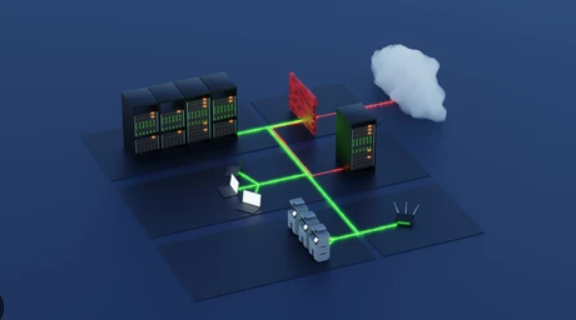In 2025, cybersecurity is no longer an option—it is a necessity for businesses of all sizes. Small businesses are often the primary targets of cyberattacks because they typically have fewer resources dedicated to security. A single breach can result in significant financial loss, data theft, and reputational damage. This comprehensive guide will cover the best cybersecurity practices that small businesses should implement to protect themselves in 2025.
Why Cybersecurity Matters for Small Businesses
According to recent studies, over 60% of cyberattacks target small businesses. Common threats include phishing emails, ransomware, malware infections, and data breaches. Key reasons why cybersecurity is critical:
- Financial Protection: Prevent losses from ransomware and fraud.
- Customer Trust: Protect sensitive data to maintain credibility.
- Regulatory Compliance: Follow data protection laws like GDPR and local regulations.
- Business Continuity: Avoid downtime and operational disruption.
1. Educate and Train Employees
Employees are often the weakest link in cybersecurity. In 2025, it is crucial to train your staff regularly on topics such as:
- Recognizing phishing and suspicious emails
- Using strong and unique passwords
- Safe handling of sensitive company data
- Reporting potential security threats immediately
Cybersecurity awareness programs reduce human errors and improve defense against attacks.
2. Implement Multi-Factor Authentication (MFA)
MFA adds an extra layer of security to user accounts by requiring a second verification step, such as an SMS code or authentication app. This is especially important for:
- Email accounts
- Cloud storage
- Banking and payment portals
- Admin panels and VPNs
3. Use Strong Password Policies
Weak passwords are a hacker’s easiest entry point. Best practices in 2025 include:
- Minimum 12-character passwords with symbols and numbers
- Mandatory password changes every 90 days
- Using a reliable password manager for secure storage
4. Keep Software and Systems Updated
Outdated software is a major vulnerability. Enable automatic updates for:
- Operating systems (Windows, macOS, Linux)
- Web browsers and plugins
- Antivirus and firewall software
- Company applications and CMS platforms
5. Secure Your Wi-Fi Networks
Unsecured Wi-Fi networks can expose your business to hackers. In 2025, follow these guidelines:
- Use WPA3 encryption on all routers
- Change default passwords immediately
- Separate guest Wi-Fi from business networks
- Disable remote management if not needed
6. Regular Data Backups
Ransomware attacks can lock your data, but regular backups ensure you can recover without paying hackers. Follow the 3-2-1 backup rule:
- 3 copies of your data
- 2 stored locally on different devices
- 1 stored offsite or in the cloud
7. Install and Maintain Firewalls
Firewalls act as the first line of defense against unauthorized access. For small businesses:
- Use hardware firewalls for network protection
- Enable software firewalls on all devices
- Configure rules to block suspicious traffic
8. Protect Against Phishing and Malware
Phishing emails remain the most common attack vector. In 2025, you should:
- Use email filtering tools like Microsoft 365 Defender or Google Workspace Security
- Verify suspicious links before clicking
- Never share credentials through email
9. Develop a Cybersecurity Incident Response Plan
Even with the best defenses, attacks can happen. Prepare an incident response plan that includes:
- Immediate steps for isolating affected systems
- Contacting IT/security experts for support
- Notifying stakeholders and customers if required
- Post-incident analysis to prevent future breaches
10. Consider Cybersecurity Insurance
Cyber insurance helps mitigate financial risks from data breaches and attacks. Small businesses can benefit from policies that cover:
- Ransomware recovery costs
- Data loss and legal expenses
- Third-party liability for compromised data
Final Thoughts
Small businesses in 2025 must prioritize cybersecurity to survive in the digital era. By implementing the strategies outlined in this guide—employee training, strong passwords, firewalls, backups, and incident response planning—you can significantly reduce the risk of cyberattacks. Remember, cybersecurity is not a one-time effort but an ongoing commitment to protecting your business and customers.

